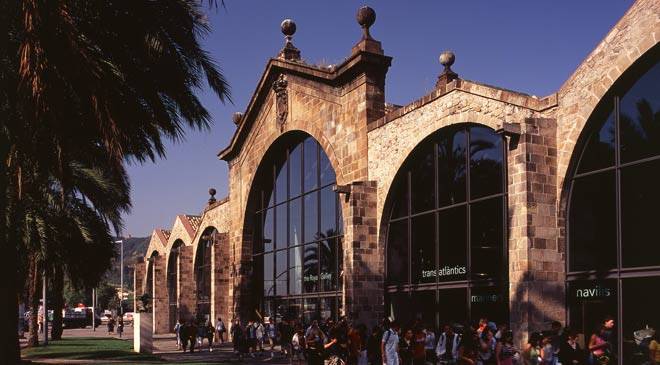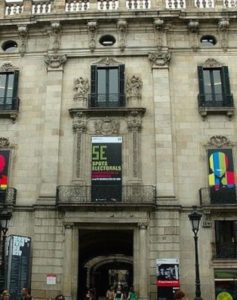There’s a lot of things to do in Barcelona. You’ll probably find yourself seduced by the exciting nightlife and the social scene! But most importantly, Barcelona is a city of art, culture and architecture. If you haven’t explored the cultural side of the city yet, don’t worry – we have created a list of FREE museum entries in Barcelona that is surely going to inspire you to start now!
Museu Picasso
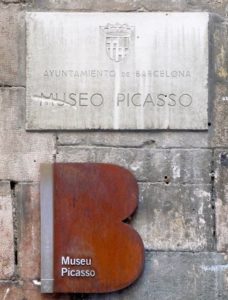
“The Picasso museum is a key reference for understanding the formative years of Pablo Picasso. The genius of the young artist is revealed through the 4,251 works that make up the permanent collection.”
Where: c/ Montcada 15-23
Metro: Jaume I Arc de Triomf & Liceu
Webpage: http://www.museupicasso.bcn.cat/es/
Mnac (Museu Nacional d’Art de Catalunya)
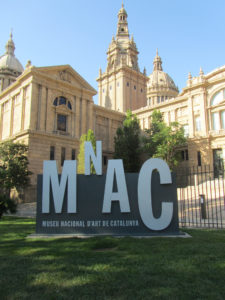
“Visiting the museum you can see the best collection of Romanesque mural painting in the world and the most representative artists of Catalan Modernism, such as Gaudí or Casas. Gothic art, great European Renaissance and Baroque painters, for example Tiziano or Velázquez, and the collection of photography, complete the collection”.
Where: Palau Nacional, Parc de Montjuïc, s/n, 08038
Metro: Pl. Espanya
Website: http://museunacional.cat/es
Centre de la Imatge de la Virreina
Now, the Centre has a very cool exhibition called Barcelona. The metropolis in the age of photography, 1860-2004b, an exhibition, comprising almost 1,000 works, it explores the iconographic photography of the city’s urban development across one and a half centuries of history, through the eyes of Jorge Ribalta, artist, critic and independent curator.
Where: La Rambla, 80
Metro: Liceu
Website: http://ajuntament.barcelona.cat/lavirreina/es/portada
MUHBA (Museu d’Història de Barcelona)
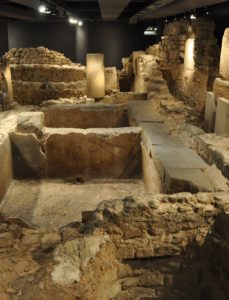
“The Museu d’Història de Barcelona (The Museum of the History of Barcelona or MUHBA) works to spread knowledge about the city’s history, from its origins to the present day – from the Roman colony of Barcino and its walls to the age of the revolution of medieval commerce and the great Gothic buildings; from the testimonies of the industrial revolution to Cerdà’s Eixample district and the works of Modernisme and Gaudí.”
Where: Plaça del Rei, s/n,
Metro: Jaume I
Website: http://museuhistoria.bcn.cat
Museu de la Música
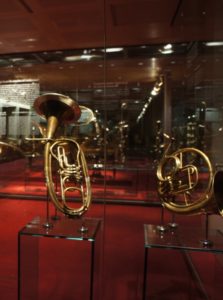
“In March 2007, the Museu de la Música opened its doors to the public in the Auditori with a brand-new display of its instrument collections and musical documents. The new permanent exhibition gathers nearly five-hundred instruments from various periods and cultures, a collection that is considered one of the most important in Spain.”
Where: L’Auditori. C/ Lepant, 150
Metro: Marina
Website: http://w110.bcn.cat/portal/site/MuseuDeLaMusica/
Museu Frederic Marès
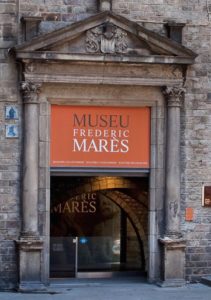
“The Museu Frederic Marès is a unique collecting museum that preserves the collections assembled by its founder, sculptor Frederic Marès (1893-1991), which came to form part of the patrimony of the city of Barcelona through his donation in 1946. Two years later, this museum was inaugurated in a part of the old Royal Palace of the Counts of Barcelona in the heart of the Gothic Quarter. Its original Verger or courtyard garden, still remains intact.”
Where: Plaça de Sant Iu, 5.
Metro: Jaume I & Liceu
Website: http://w110.bcn.cat/museufredericmares/ca
Centre de Cultura Contemporània de Barcelona
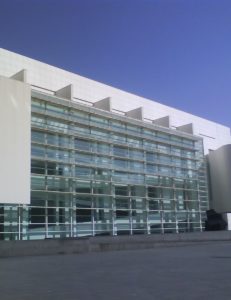
“The CCCB centres its activity around creative, such as thematic exhibitions, and other live events and digital formats: international debates, the CCCB Lab, the literature platform Kosmopolis, the Beta line of activities: projects that approach the culture of the 21st century in an integrated way along with the major transformations of the digital era; the Xcèntric experimental film festival, the European Prize for Urban Public Space, the Cultural Innovation International Prize, the CCCB Archive platform and other associated proposals and festivals”
Where: Montalegre, 5.
Metro: Universitat & Plaça Catalunya
Website: http://www.cccb.org/ca/
Museu Marítim de Barcelona
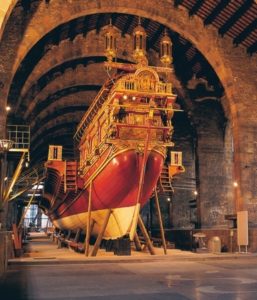
Spain was once the most poweful force on the sea. With the largest navy, and strongest ships, they conquoered the New World. The Museu Marítim will tak you back to this time in history! They also have temporary expositions about boats and naval stuff. For example, now they offer a very cool exposition about toy ships from 1870 to 1939.
Where: Av. de les Drassanes s/n
Metro: Drassanes & Paral·lel
Website: http://www.mmb.cat
Museu Blau
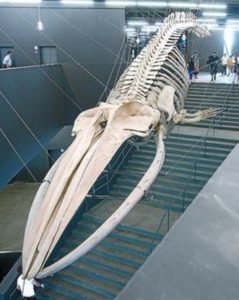
Near the sea and the river Besòs you’ll find an open and dynamic facility, representative and useful in the context of the current environmental problems that face us today. These facilities include: the permanent exhibition Planeta Vida, the temporary exhibition areas, the Media Library; the Science nest (for children aged 0-6 years), the lecture rooms, the conference hall, workshops and the shop!
Where: El Fòrum
Metro: El Maresme-Fòrum
Webpage: http://museuciencies.cat/es/visitanos/museu-blau/
Jardí Botànic
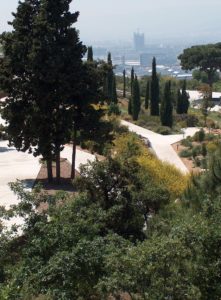
“The Jardí Botànic Històric (Historic Botanical Garden), a tiny gem among the gardens of Barcelona, nestled in the hollows of two disused quarry pits in the Foixarda sector of Montjuïc, behind the Museu Nacional d’Art de Catalunya (National Art Museum of Catalonia, MNAC). Because it is enclosed by steep slopes and situated on Montjuïc’s shady side, cold air accumulates at its lowest levels. As a result, temperatures can be up to four degrees colder at the bottom than in the upper areas of the garden. This favours the growth of Euro-Siberian plant species typical of colder climates”.
Where: Dr. Font i Quer, 2
Metro: Plaça Espanya
Website: http://museuciencies.cat
– Laia

